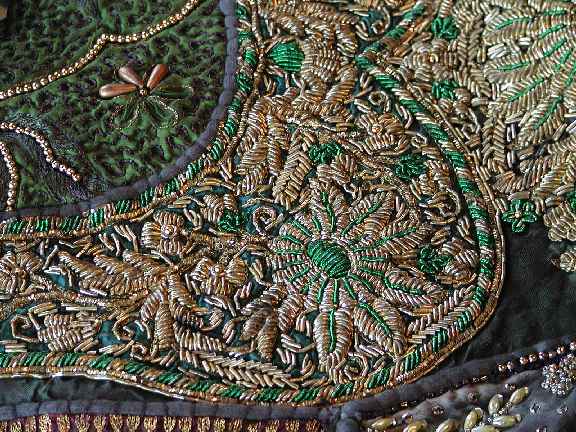===
0023,
7
===

=== |
 |
FWP:
SETS == GESTURES; NEIGHBORS
MOTIFS == NIGHT/DAY
NAMES
TERMS == DRAMATICNESS; IMPLICATION; KULLIYAT; THEMEThe verses with similar themes [maẓmūn , pl. maẓāmīn] that SRF provides for comparative study are really an excellent tool for us students, especially because his commentary on them is so incisive. I can see that I'm going to end up translating practically the whole of his commentary, in the course of this project. This verse is an unusually clear example, because its 'theme' is relatively straightforward and simple, and it's obviously one that Mir favored and used again and again, not only in Urdu but in Persian as well.
Mir's kulliyat [kulliyāt] or 'complete works' is of course huge; it comprises six separate divans [dīvān] or 'volumes', compiled at intervals throughout his very long and productive life. Naturally this sequential compilation led him to play with the same themes in successive divans, as in the present case. Unlike Ghalib, he never went back and pruned his ghazals into any smaller selection. Many people since have done it for him, of course. But of them all, only SRF has added a commentary-- and such a treasure of a one! Believe me, dear reader, we students of Mir owe more to SRF than we'll ever be able to repay.